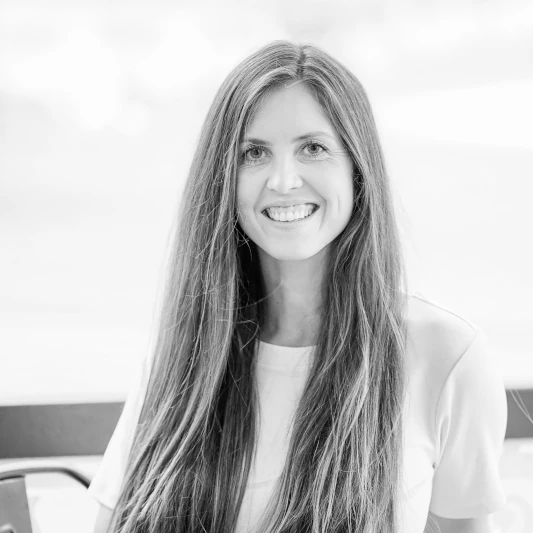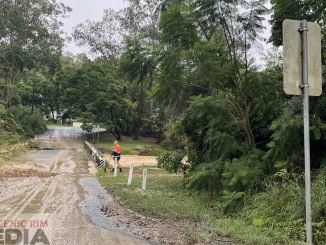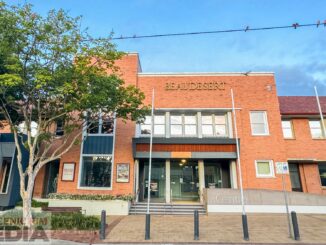
Local youth are learning to acknowledge Australia’s history honestly and embrace reconciliation now and into the future.
Artworks created by McAuley College students under the guidance of Mununjali Wangerriburra woman Waylene Currie reflect a story of unity and learning.
Uniting every day
Healing relationships nation-wide to reach a point of unity is an important part of Australia’s future.
That is the word from year 11 student MJ Joseph who, with her peers at McAuley College, is learning about reconciliation between Indigenous and non-Indigenous Australians.
The school, which recently adopted its Reconciliation Action Plan, is continuing to develop relationships with local Elders and other cultural leaders in a genuine, ongoing approach to being part of meaningful change.
Learning through art
In a recent art and culture workshop, Mununjali Wangerriburra woman Waylene Currie taught students about coming together with respect, humanity and humility.
She shared about the significance of Australia’s past (history of colonisation), present (what today looks like in coming together) and future (what our hopes are).
MJ told the Beaudesert Bulletin she appreciated learning about reconciliation through art.
“I’ve learned about how deep the connection runs with the land, how severely Aboriginal people were impacted and how much work we all need to do to ensure we can reconcile and heal the relationships to reach a point of unity,” she said.
Focus on reconciliation
Waylene said it was about much more than art.
“McAuley College approached me to get some workshops up and running and there was that process of negotiating what it would look like, the intention for the workshops and what message we were hoping to relay, teach and learn about,” she said.
“The focus was reconciliation, so I was able to bring along some of my own knowledge and artistic skills for interpretation, so helping them better understand First Nations artwork and storytelling but also individualising their interpretation.
“It’s about giving them a deeper meaning and understanding of what the storytelling methodologies are about when it comes to first nations art and capturing past, present and future. It’s getting them to explore what the past and present look like and their hopes and visions for the future, coming together in unity, reciprocating relationships.
Making it personal
Individual understanding is key, according to Waylene.
“We touched base on individualism, what it means to be your own person, but the strength in unity and coming together as well,” she said.
“There’s such a depth of meaning in Indigenous artwork, how powerful each dot can be and what each dot represents – it’s not just dots for the sake of dots.
“Australia has a very dark history, and it wasn’t really told even when I went to school not that long ago, the truths were hidden. I’ve noticed more in today’s generation truth telling is really important and it’s about education and understanding the true history of Australia.
“It’s not about being stuck there but when we acknowledge our past we can heal and move forward as one.
“It’s really important the kids are now getting that opportunity we unfortunately didn’t get. It’s about positive messaging and hope, continuing the discussion, celebrating each other every day.”












